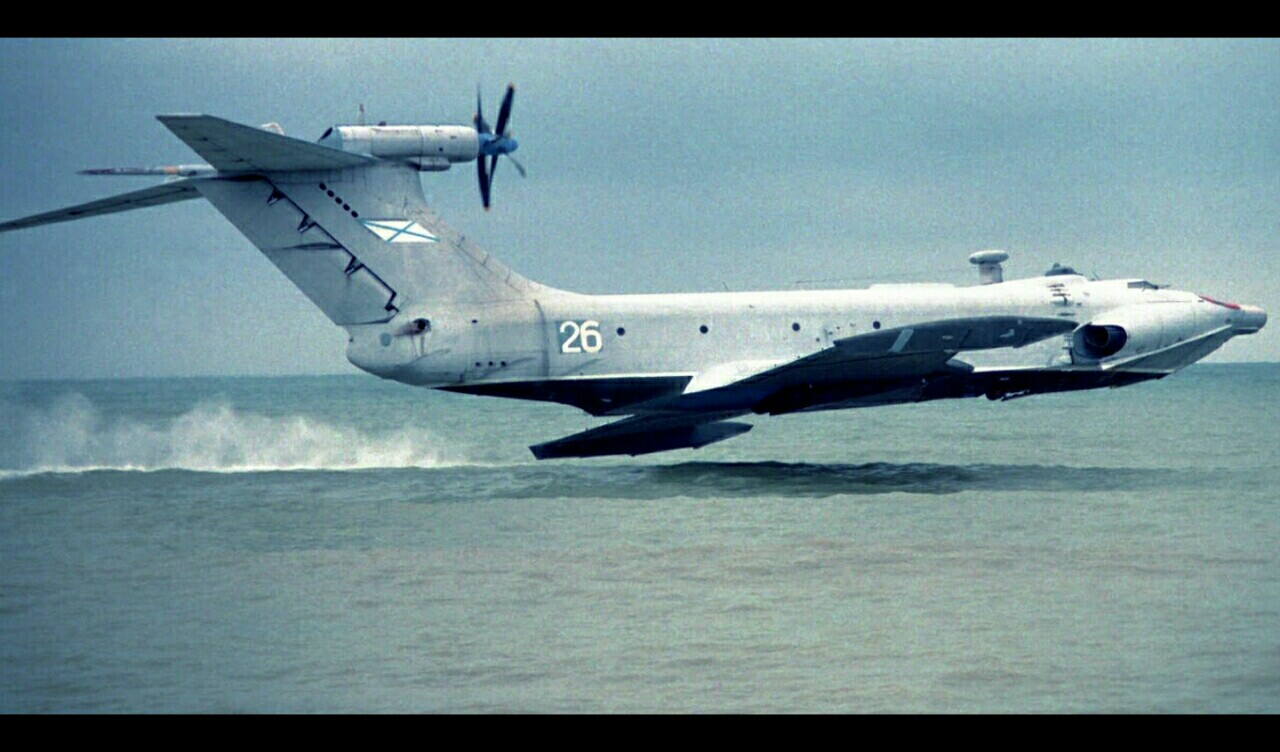Look at this one:

The thrust force from the engine should generate some clockwise moment, right? Why won't it turn and just crash then? I guess the wings generate some sort of anti-clockwise moment? Can someone explain this?
Look at this one:

The thrust force from the engine should generate some clockwise moment, right? Why won't it turn and just crash then? I guess the wings generate some sort of anti-clockwise moment? Can someone explain this?
The thrust force from the engine should generate some clockwise moment, right?
If we take your photo as a reference (and thus we intend "clockwise in the picture plane"), yes, it is. It is called pitch moment, because it would change the pitch of the aircraft (in your case, a A-90_Orlyonok), and in the case shown in your picture is negative, because it would make the aircraft pitch down.
Why wont it turn and just crash then? I guess the wings generate some sort of anti clock wise moment?
Because the wings and the horizontal stabilizer produce a total net pitch moment that counteracts the one generated by the engine.
They do so by having the center of lift in a different location w.r.t. the center of gravity.
The "normal" configuration for airliners would have an opposite pitch moment due to the engines, since in that case the engines are usually below the wings (and, being usually low wings, below the center of gravity). It is well illustrated in this image taken from the FAA:

There are also engines in the nose with their exhaust pointing below the leading edge of the wing. Although, according to wikipedia, these engines can be turned off during cruise, when on, these engines would provide a pitching moment to counteract the nose-down pitching moment from the turboprop.
No matter the exact design and careful balancing that goes into an aircraft, there is no general guarantee that all the moments cancel out. The direction and magnitude of pitch/roll/yaw moments vary with speed and altitude. Aircraft typically require active control surface inputs to stay level; these inputs can be re-centered or "trimmed" using trim tabs (which are usually located on the trailing edges of the control surfaces) so the pilot doesn't have to actively run the inputs.
If you look closely there are two propellers on the tail, and they are contra-rotating, so one spins clockwise and the other counterclockwise so there is no roll moment produced.